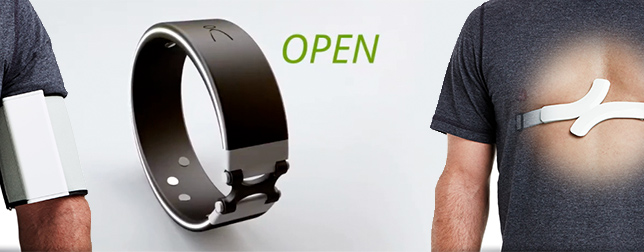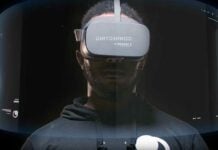New Trackers from Adidas, Fitbit and Nike
During the last weeks some of the leading companies in sports and fitness have announced their latest products. Fitbit introduced it’s second wristband model Force sporting a display for activity stats and time. Only a few days later, Nike presented the second version of it’s FuelBand providing built-in Bluetooth LE, improved accuracy and the ability to track sleep. Nike’s activity tracker FuelBand SE will be available in Germany and many other countries for the very first time. While the Fitbit Force and the Nike FuelBand SE are great iterations of existing products, sports company Adidas recently presented it’s all new sport-watch miCoach Smart Run. Based on Android and with built-in GPS, optical heart-rate measurement, as well as a music player, the device comes packed with features for the sports enthusiasts. For more information about release dates and features of the latest wristbands see our full overview.
Google announced Enhanced Version of Glass
Even though it is not yet available to the public, Google Glass is already one of the most discussed wearable technologies in the media. For the participants of it’s closed Explorer program, Google recently announced an updated version of Glass. The update will come with a mono-earbud providing much better sound quality compared to the bone conduction system in the first generation. There is not too much difference in design compared to the original, but the update will also work for people who wear prescription glasses. Members of the Explorer program will be able to exchange their older model for a pair of second generation glasses and also get the chance to invite three of their friends to join the program. While this is mainly an extension of the Google Explorer program, this might bring us one step closer to a consumer version of Glass that will likely hit the shelves in 2014.
Wearable Technologies at Disrupt Europe
Disrupt Europe, which recently took place in Berlin, was a great opportunity for startups from the wearable technologies and quantified self industry. Both, in the the Startup Alley as well as pitching at the Startup Battelfield on stage, some of the most interesting newcomers in wearable technologies participated in the two day conference. Israeli startup Angel which has been in the last days of its crowdfunding campaign, presented a prototype of its open and developer friendly wristband-sensor that measures heart-rate and other vital signs via optical and acoustical sensor. Health startup Qardio gave a live demo of their wireless blood pressure and heart-rate sensor which allows for a high quality ECG measurement, thus enabling early detection of heart diseases. The first of it’s kind skin sensor was also presented in Berlin, allowing consumers to understand their skin problems and how to best treat them. The developers of the smartphone compatible sensor named ScanZ have started their Indiegogo-campaign in line with Disrupt Europe and it is available for pre-order here.
Crowdfunding drives Innovation in Wearable Technologies
At Disrupt Europe we also had the chance to talk with Indiegogo Co-Founder Slava Rubin about the role of crowdfunding for wearables. According to him, traditional companies often suffer from their own unability to adapt fastly to new ideas. With Venture Capitalists preferring software over hardware, crowdfunding has become a great alternative for entrepreneurs with innovative ideas. Giving people all over the world the chance to support founders and products they believe in, Indiegogo has become the leading platform for new hardware projects. When asked about his favorite hardware projects, Slava told us about Tellspec, currently running a campaign for a food-scanner based on laser-spectroscopy. Slava also hopes to “have that technology integrated into a smartphone in the future“ so he will be able to always know nutrition and calory count of what he’ll be eating. For the future Slava predicts much more wearables to be funded via Indiegogo. „Two years ago we had nothing. Now technology is moving more and more into wearable technologies and quantified self.”
Images: Angel, Qardio













